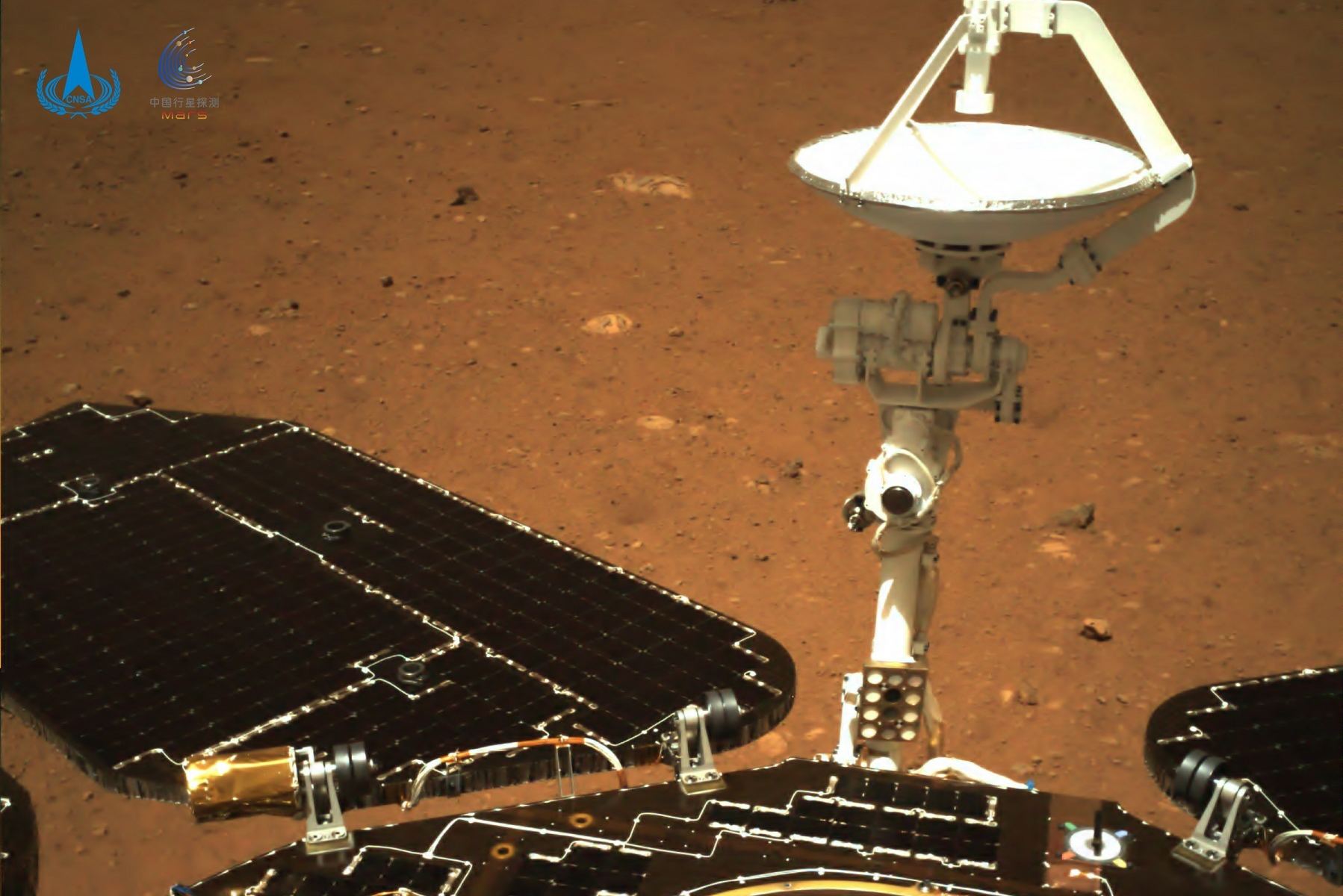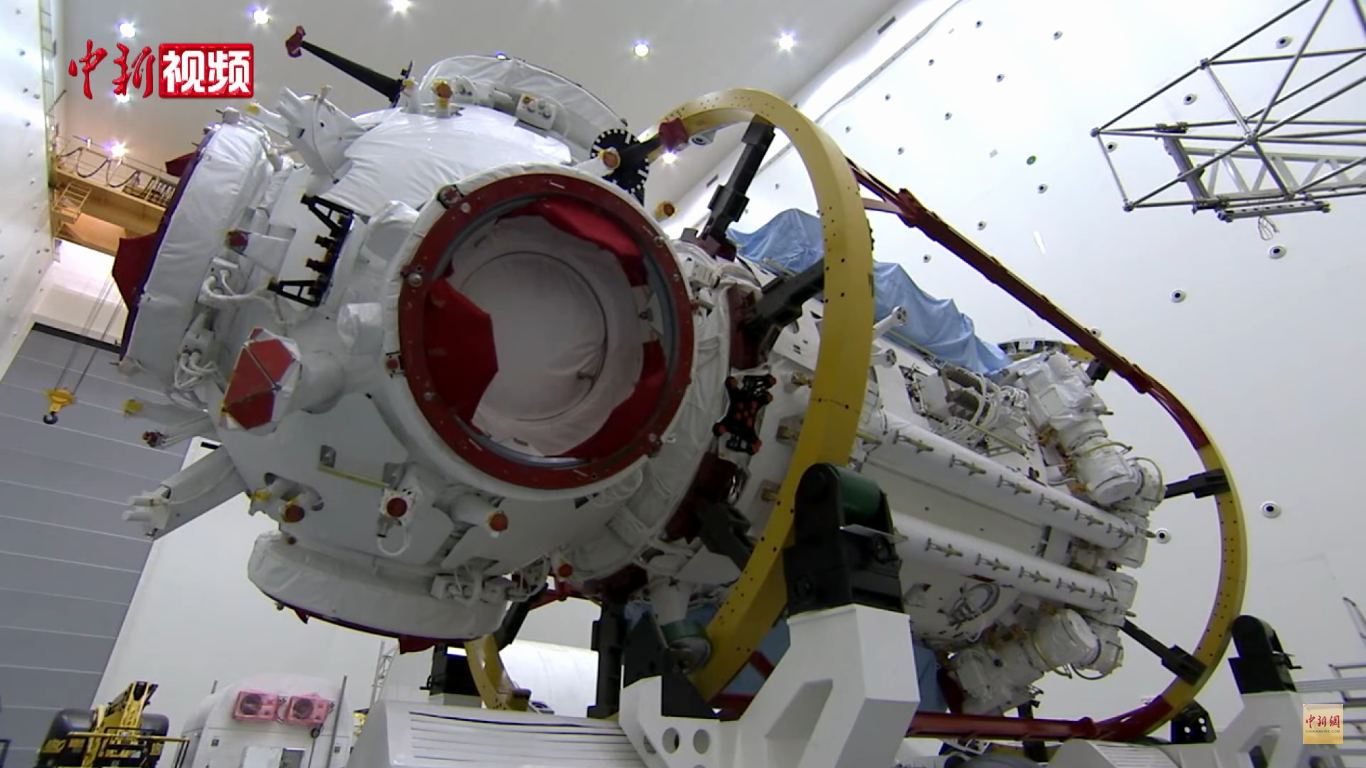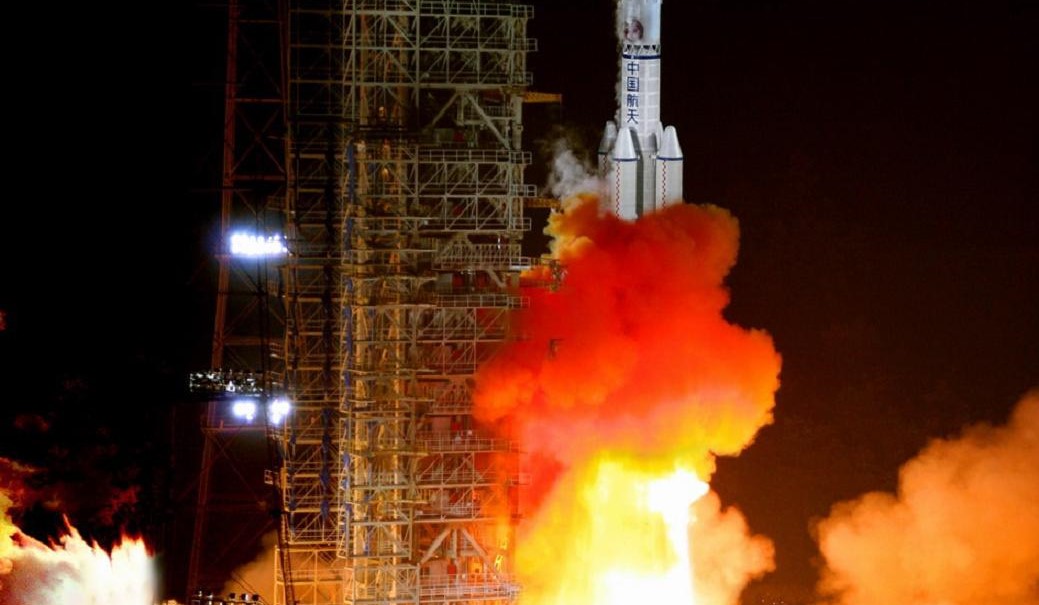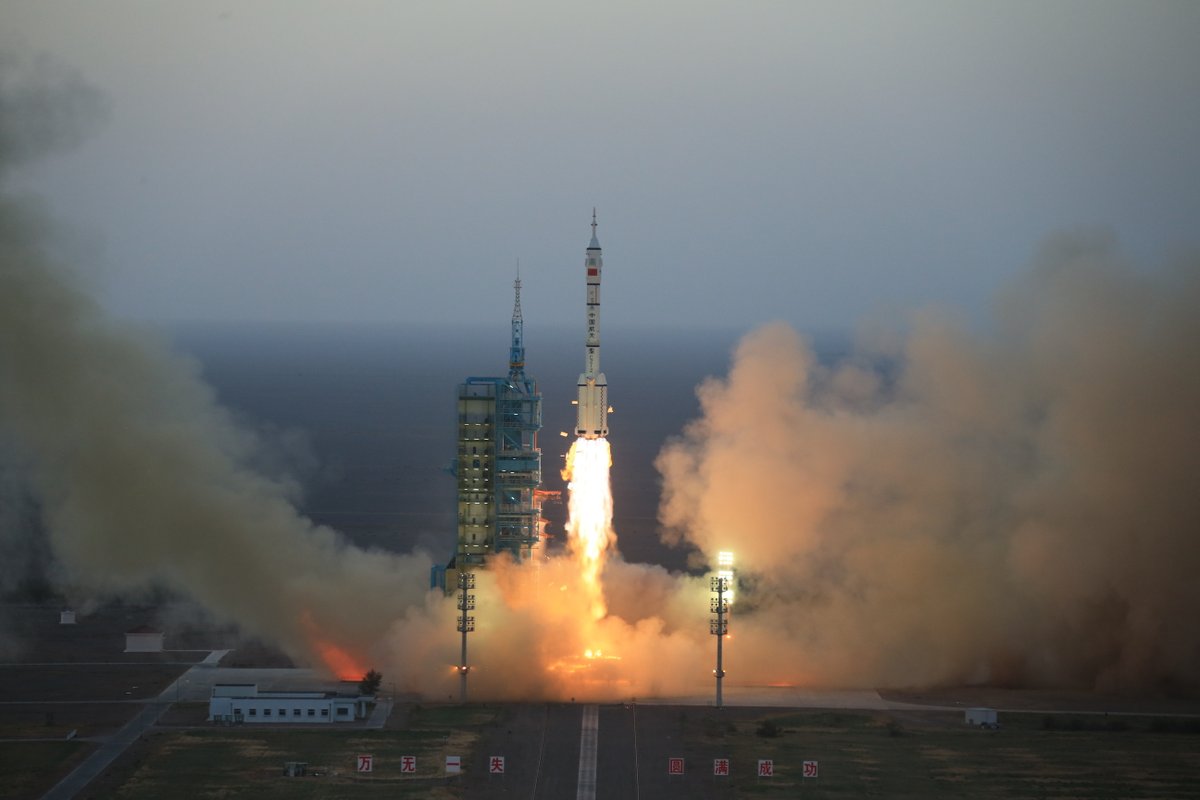In the coming years, multiple space agencies will be sending astronauts to the Moon for the first time since the closing days of the Apollo Program. For NASA, this will represent the long-awaited “return to the Moon,” while every other space agency will see it as a tremendous step for their space programs. One thing they all have in common is that this time around, the goal is to build the necessary infrastructure that will allow for a long-term human presence.
However, amid all the excitement of this approaching moment in history are concerns about the lack of an international framework that will ensure our efforts are for the sake of “for all humankind.” Whereas NASA is seeking partners for its Artemis Program through bilateral agreements, Russia and China are pursuing an agreement of their own. They call it the International Lunar Research Station (ILRS), and they too are looking for partners in this endeavor.
Continue reading “China and Russia Announce their Future Plans for the Moon, Including a Human Base”









